Occupation Architect Name Gregory Ain | Role Architect | |
 | ||
Born March 28, 1908 Pittsburgh, Pennsylvania Died January 9, 1988, Los Angeles County, California, United States Structures Avenel Cooperative Housing Project, Josef Kun House #1, Beard House | ||
Gregory ain low cost housing construction of a social landscape
Gregory Ain (March 28, 1908 – January 9, 1988) was an American architect active in the mid-20th century. Working primarily in the Los Angeles area, Ain is best known for bringing elements of modern architecture to lower- and medium-cost housing. He addressed "the common architectural problems of common people".
Contents
- Gregory ain low cost housing construction of a social landscape
- Architectural by Gregory Ain
- Biography
- Buildings
- Awards and honors
- References
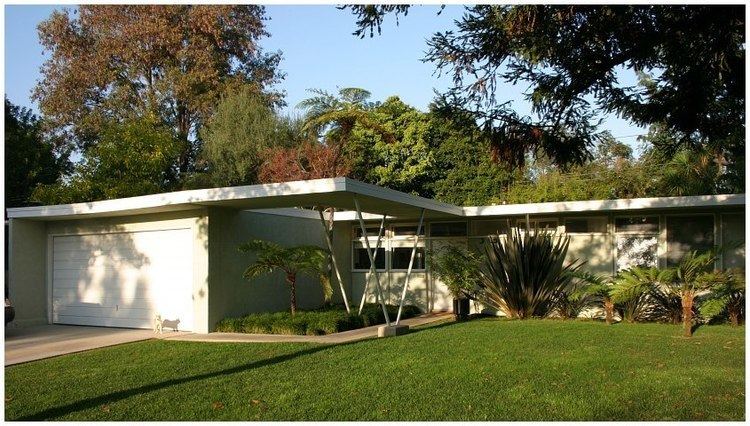
Esther McCoy said "Ain was an idealist who gave the better part of ten years to combatting outmoded planning and building codes, and hoary real estate practices."
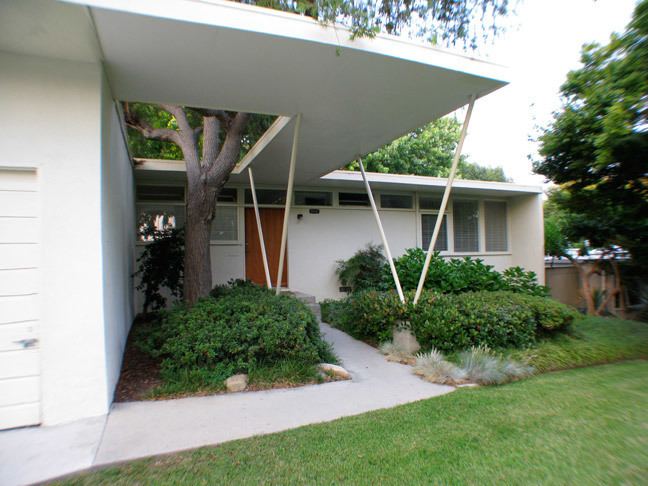
Architectural by Gregory Ain
Biography
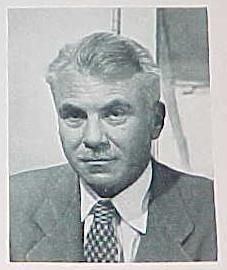
Born in Pittsburgh, Pennsylvania in 1908, Ain was raised in the Lincoln Heights neighborhood of Los Angeles. For a short time during his childhood, the Ain family lived at Llano del Rio, an experimental collective farming colony in the Antelope Valley of California.
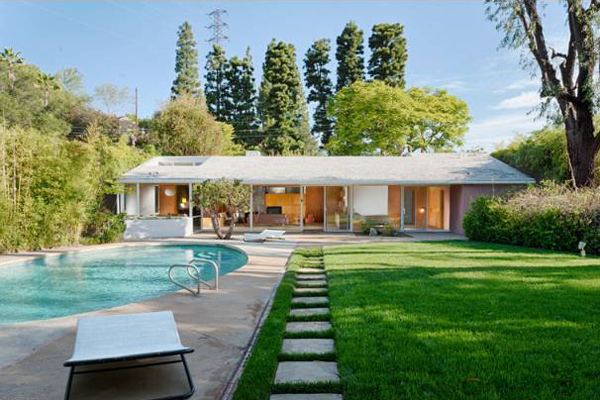
He was inspired to become an architect after visiting the Schindler House as a teenager. He attended the University of Southern California School of Architecture in 1927–28, but dropped out after feeling limited by the school's Beaux Arts training.
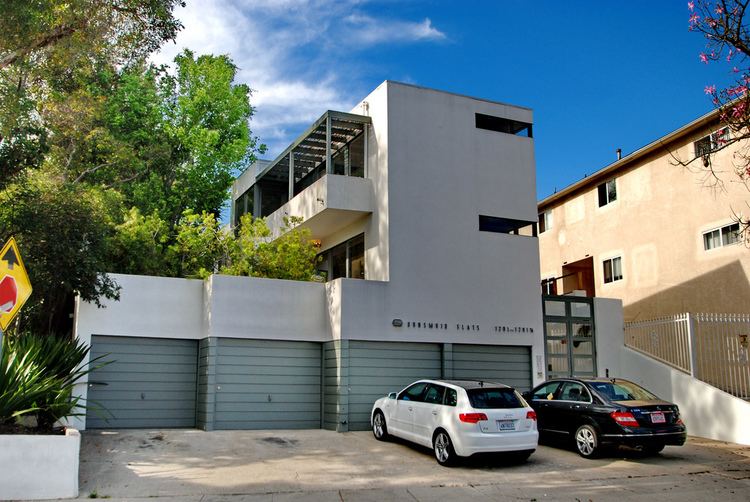
His primary influences were Rudolph Schindler and Richard Neutra. He worked for Neutra from 1930 to 1935, along with fellow apprentice Harwell Hamilton Harris, and contributed to Neutra's major projects of that period.

Following his collaborative relationship with Richard Neutra, in 1935 Ain cultivated an individual practice designing modest houses for working-class and middle class clients.
Ain was awarded a Guggenheim Fellowship in 1940 to study housing. During World War II, Ain was Chief Engineer for Charles and Ray Eames in the development of their well-known leg-splints and plywood chairs, including the DCW and LCW series.
The 1930s and 1940s represented Ain's most productive period. During this period, his principled quest to address "the common architectural problems of common people", prompted the implementation of flexible floor plans and open kitchens.In the 40's he formed a partnership with Joseph Johnson and Alfred Day in order to design large housing tracts. Major projects of this period included Community Homes, Park Planned Homes, Avenel Homes, and Mar Vista Housing. He collaborated with landscape architect Garrett Eckbo on each of these projects. They were an expression of Mid-century modern design. Ain also practiced in a "loose partnership" with James Garrott, and they built a small office building together on Hyperion Avenue in the Silver Lake neighborhood. These projects attracted the attention of Philip Johnson, the curator of architecture at the Museum of Modern Art, who commissioned Ain to design and construct MoMA's second exhibition house in the museum's garden in 1950, following that of Marcel Breuer in 1949.
In the late early 50s, Ain's practice was diminished as he was perceived as a communist. For example, in 1949 he was listed by the California Senate Factfinding Subcommittee on Un-American Activities as "among the committee's most notorious critics." The growing "Red Scare" caused him to lose several opportunities, including participation in John Entenza's Case Study Program.
Ain also taught architecture at USC after the war. Then, from 1963 to 1967, he served as the Dean of the Pennsylvania State University School of Architecture. He then returned to Los Angeles and died in 1988.
Ain's papers are kept at the Architecture and Design Collection, at the Art, Design & Architecture Museum, at the University of California, Santa Barbara.
